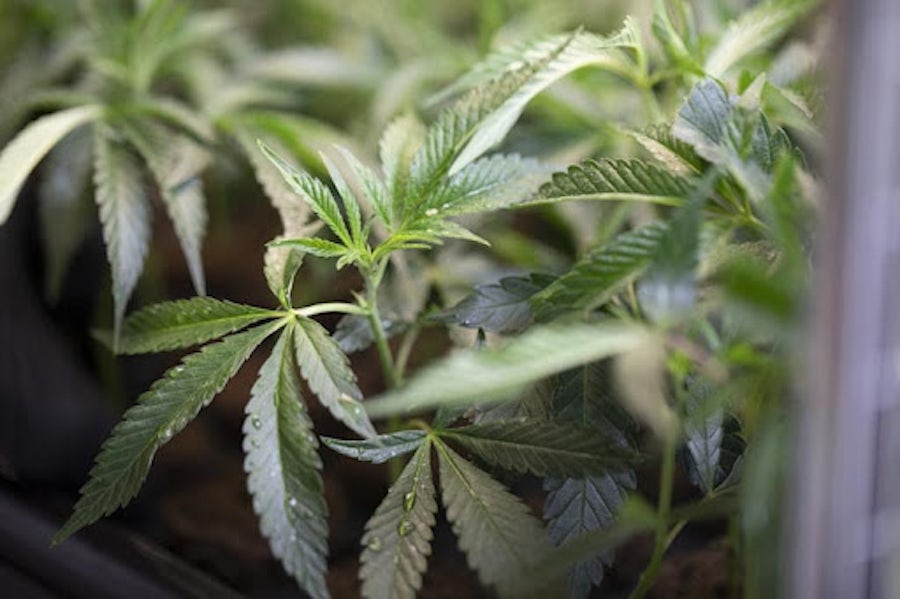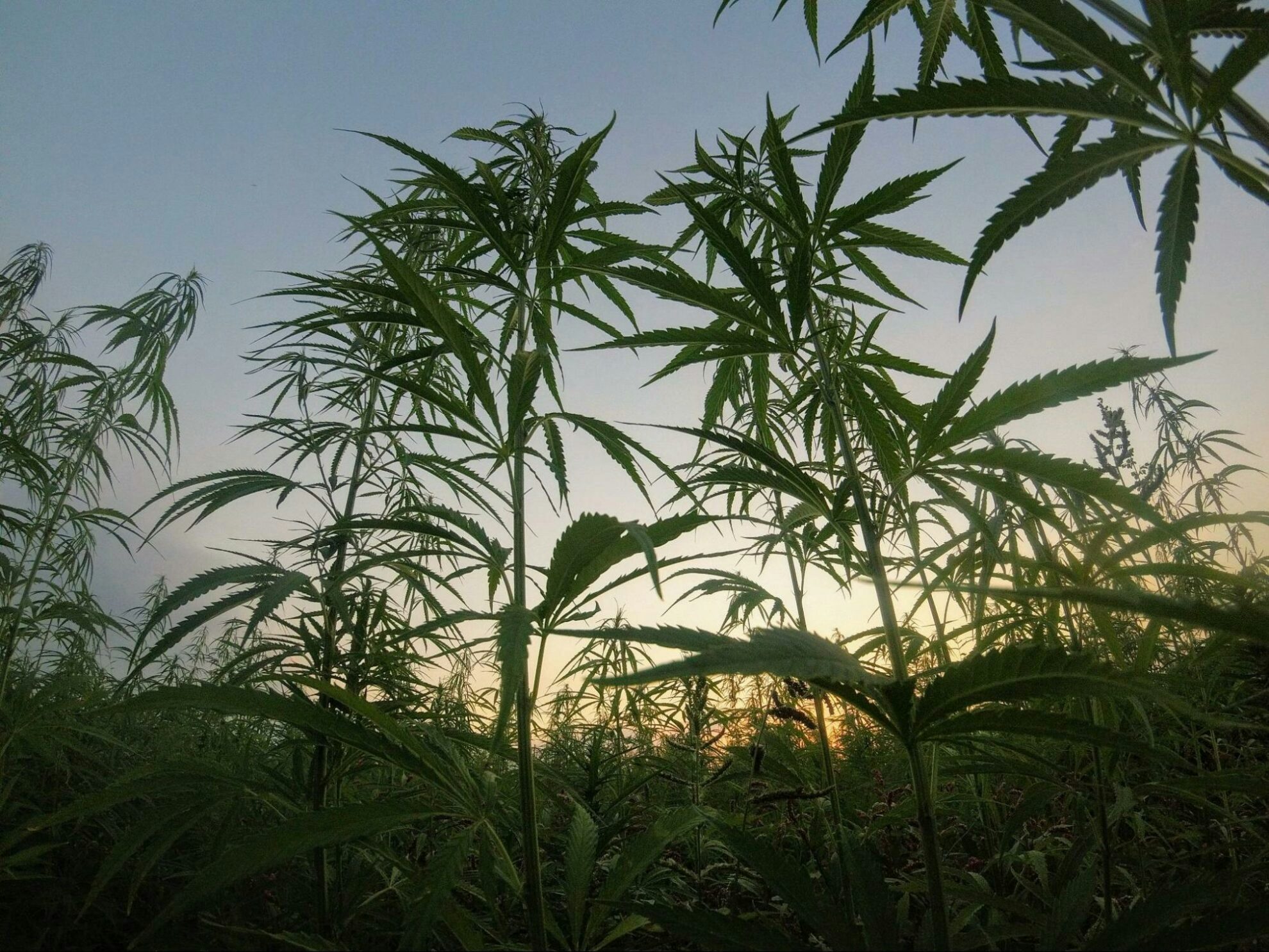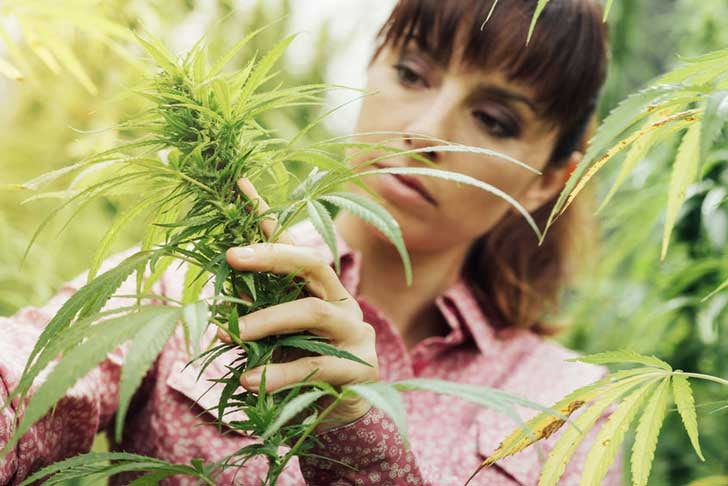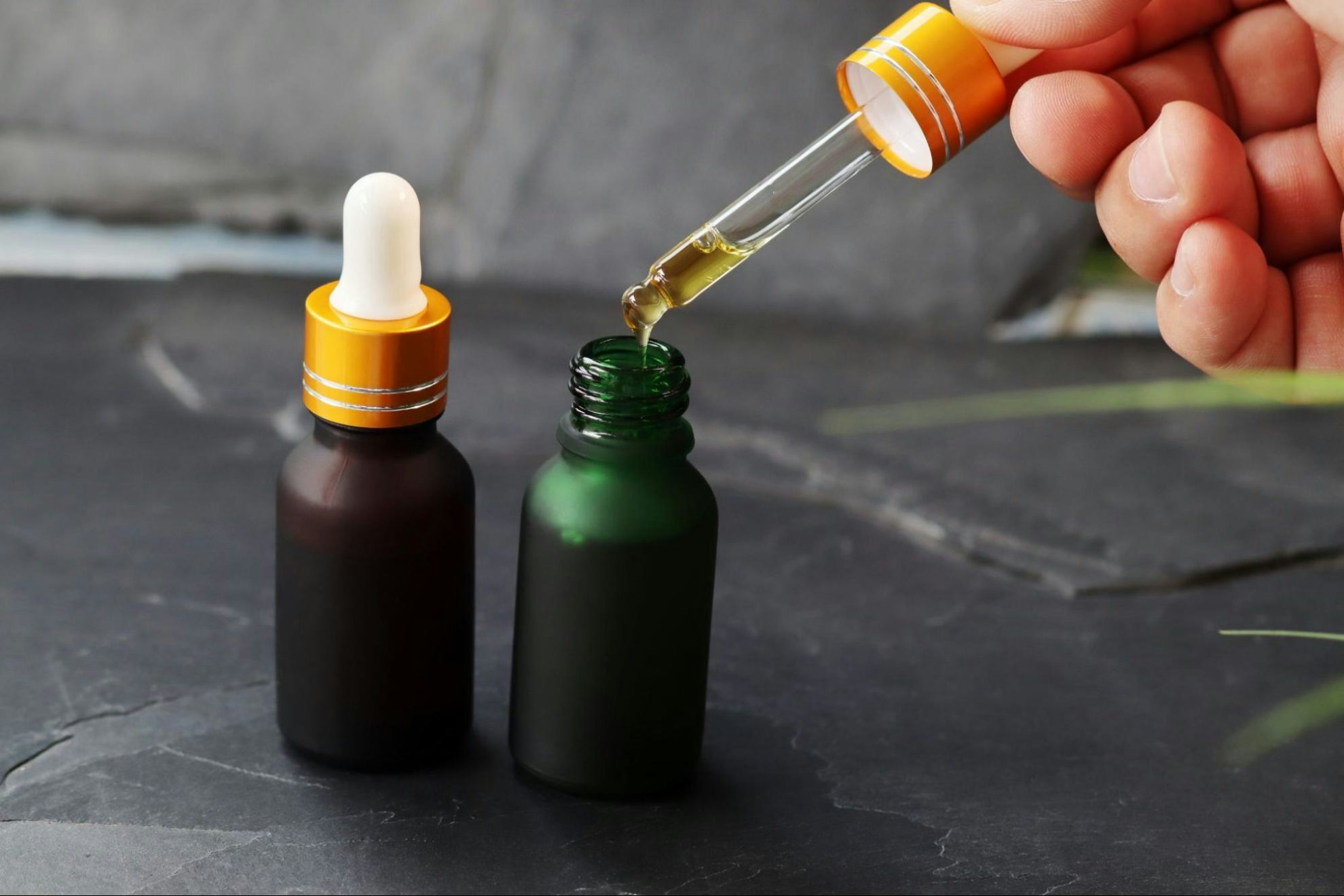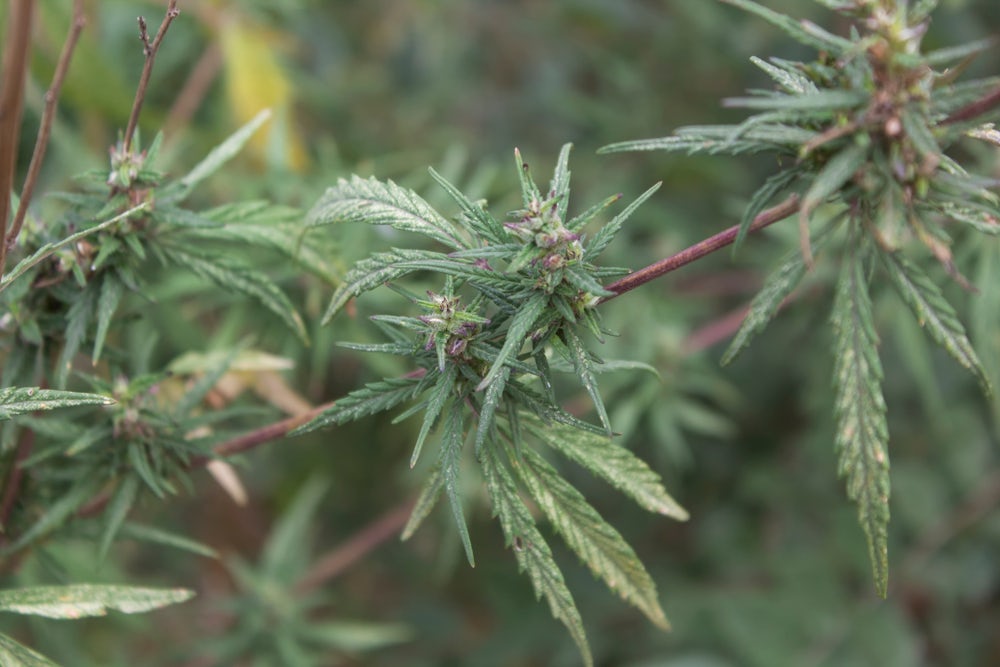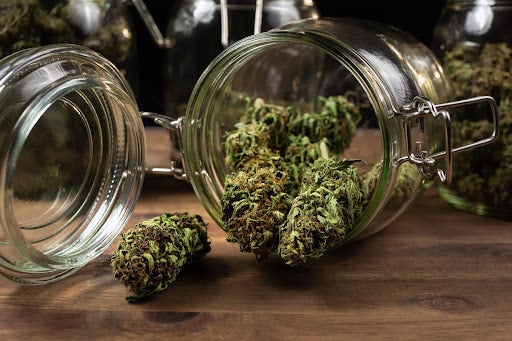Marijuana doesn’t miraculously “grow like a weed.” OK, if you were to toss a few seeds outside, they may grow into fantastic cannabis plants, but that’s not how it usually happens. The more effort you put into controlling your environment, the better chance you’ll enjoy trichome-rich cannabis nugs.
Before germinating your first seeds, it’s essential to review the basic elements of cannabis cultivation. By mastering these crucial features, you will increase the odds of growing delicious and dank nugs.
1. Choose the right seeds

Just as a mighty oak begins life as an acorn, every marijuana strain starts as a seed. If you use lousy cannabis seeds, even ideal growing conditions can’t produce healthy buds.
So, how do you evaluate the health of a cannabis seed?
- Color. First, take a look at the seed’s overall color. If it’s mostly brown with a few grey streaks, chances are it’s healthy enough to plant. Weed seeds that are white or light green aren’t mature enough, whereas pitch black seeds are too old to plant.
- Texture. After evaluating your seed’s appearance, you should gently squeeze it in your fingers to assess its texture. Healthy seeds should feel firm, but not brittle. If a seed breaks with just a tiny bit of pressure, it’s obviously not going to germinate. Seeds that are too squishy are also poor choices for germination.
- Feminized. New cultivators should always work with a reputable company that guarantees their seeds are 100 percent feminized. Only unpollinated female cannabis plants create the trichome-rich buds tokers enjoy. While it may cost more to work with a high-quality seed bank, it’s impossible to overstate the importance of starting with solid genetics.
2. Pay close attention to pH
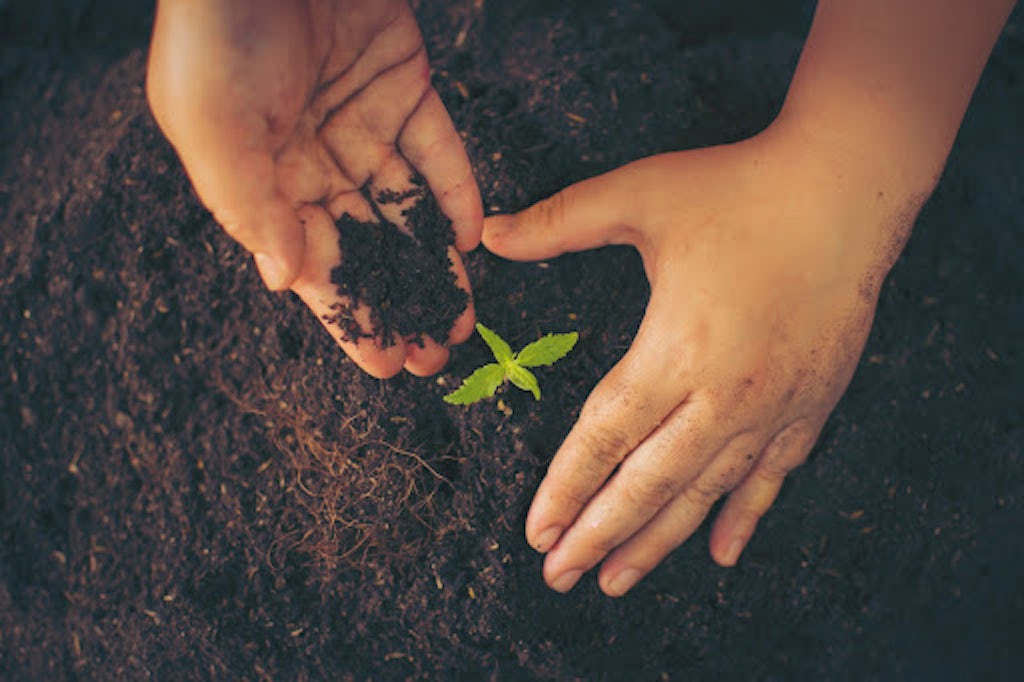
Generally, new cultivators focus too much on watering and feeding, but too little on examining pH. Indeed, it’s pretty common for new cultivators to complain about a “nutrient deficiency” when their real problem is a pH imbalance.
If your soil’s pH is even slightly off, it can negatively affect the nutrient absorption. There are many debates over the “perfect pH” for cannabis, but most commercial growers agree average pH should be slightly acidic.
Soil growers should shoot for a pH in the 6.3 – 6.8 range, while people who grow with hydroponics should maintain a pH of 5.5 – 6.1. 1 2
Straying too far from these pH ranges could stunt your cannabis plant’s development, so it’s worth the extra effort to test pH every day. There are plenty of pH uppers and downers on the market that can help you adjust this critical metric.
3. Soil vs hydroponics: which is best?
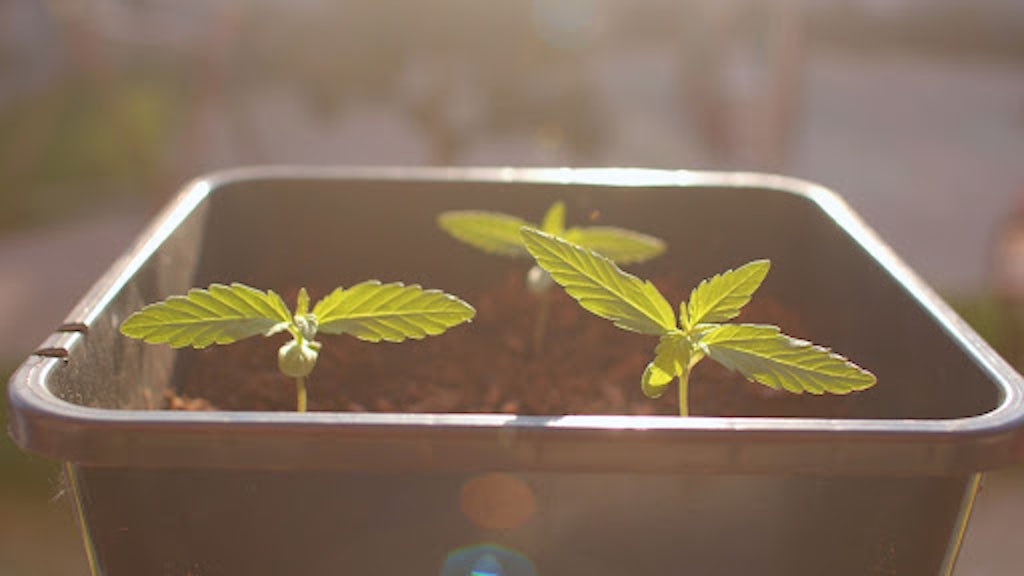
Although hydroponics units are gaining popularity, most first-time growers should stick with soil.
- For starters, soil costs less, and it’s easier to find in local gardening shops. Most significantly for new cultivators, soil is more forgiving than hydroponics. Since potting soil already has nutrients, it’s less likely you’ll need to fret as much about deficiencies.
- There are countless “dirt debates” over the best soil for growing cannabis. However, most cultivators agree that loam-style soil (which contains sand, silt, and clay) provides the best mix of water drainage, retention, and aeration.
- Cannabis is pretty resilient when planted in standard potting soil for fruiting plants, but it’s best to lean on the “silty side” of the spectrum. Also, don’t forget to adjust your soil’s pH before getting your seeds ready for germination.
4. Light your cannabis right
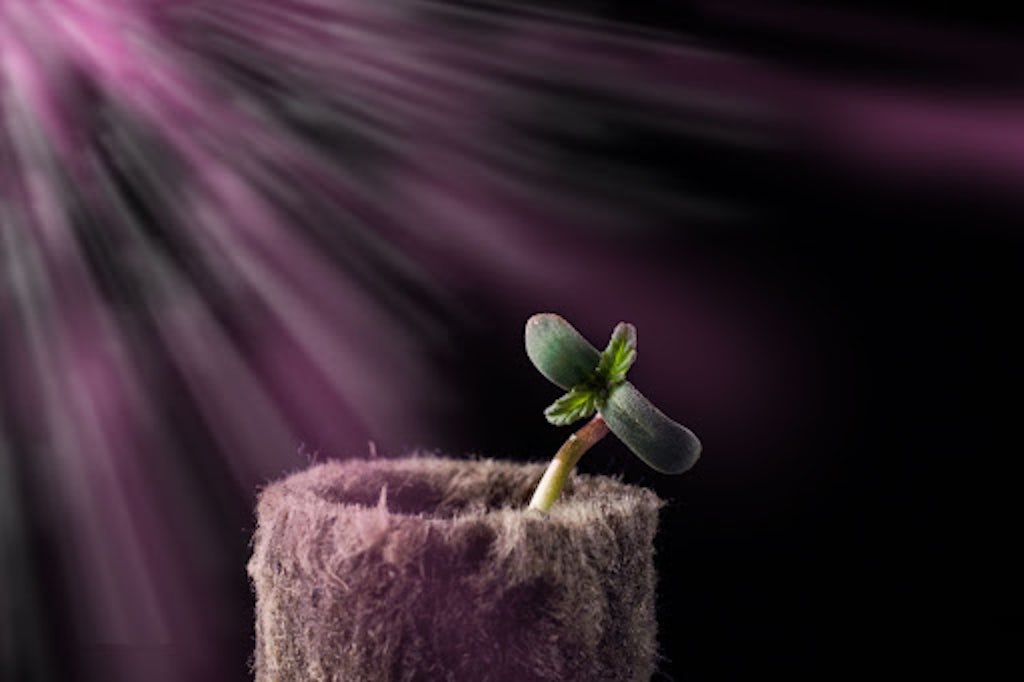
No artificial light will ever fully imitate the sun’s light waves. However, there are plenty of grow lights that can supply cannabis with a wide array of spectrums tailored to different stages of development.
Nowadays, most indoor cannabis cultivators use one of the following type of grow lights:
- high-pressure sodium (HPS)
- light-emitting diode (LED)
Both of these light models are good for ganja, but they come with unique considerations.
LED grow lights
Compared with traditional HPSs, LEDs are lighter, more energy-efficient, and don’t give off ambient heat. LED lights also last longer than HPSs, and they often have a wider array of light spectrums.
HPS grow lights
Despite all of the pros LEDs have, some professional cultivators claim HPSs produce bulkier buds. Also, HPSs tend to have a cheaper upfront cost and a long track record of success in cannabis cultivation. 3
Lighting tips and tricks
- Whichever light model you go with, it’s essential to hang your grow lights at a safe distance from your plants. This ideal height will depend on the intensity of your chosen grow light and your cannabis plant’s stage of development.
- In general, you need to keep LED grow lights around 26 inches above a seedling and roughly 20 inches above vegetative or mature cannabis plants. However, you may need to adjust these heights to accommodate your light’s intensity or your cannabis strain’s size.
- Carefully monitor your cannabis plants for signs of burns, and adjust your lighting accordingly.
- If you don’t have enough vertical space in your grow tent, you should study low-stress training techniques like bending. By tying your cannabis stems to the side, you’ll distribute light to more colas and increase the space between your plants and the grow light.
5. Pay attention to water and nutrient amounts
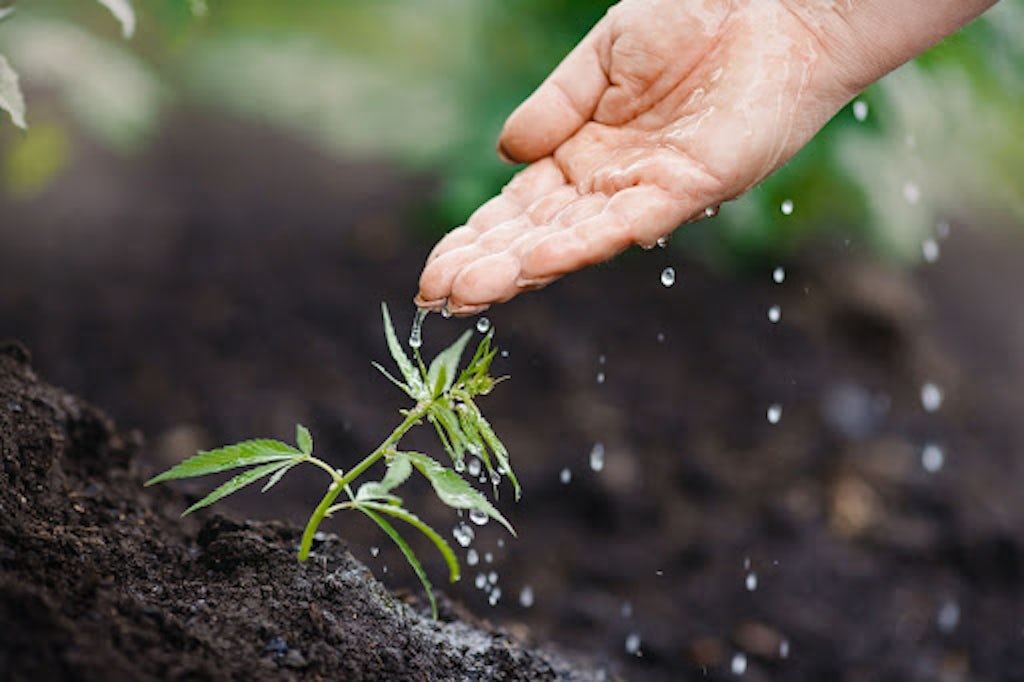
As hinted above, new cannabis growers often overwater and overfeed their plants. While water and nutrients are essential for proper growth, most indoor cultivators should remember the philosophy “less is more.”
The simplest way to tell if your plants need water is to stick your finger in the soil. Unless your soil feels dry to touch, you don’t need to water. You could also use a soil-water meter for more precise info on when to water your plants.
As for nutrients, the “big three” cannabis growers should know are:
- nitrogen (N)
- phosphorus (P)
- potassium (K)
Vegetative plants need the most nitrogen, while flowering strains need more phosphorus and potassium. 4 5 6
Figuring out the right ratio of food and water for your plants can take trial and error, but there are steps you can take to improve nutrient absorption. Using a root fungus like mycorrhiza mixed into your soil can greatly improve your plant’s root health, water, and nutrient retention, particularly nitrogen and phosphorus.
You’ll know you’re using too much of these nutrients if you notice the tips of your fan leaves start to curl and turn brown, which is known as “cannabis burn.” To alleviate this issue, you’ll need to flush your cannabis plant with water before adding nutes back in. Then, when you’re ready to put nutrients back into your grow medium, you should cut the recommended dose by about a third. Using a fungus like Dynomyco’s mycorrhizal inoculant from the start can help avoid this issue.
It will take practice to perfect your watering and feeding schedules, but new growers should always be more worried about overdoing it.
Time to let your cannabis thrive
If you pay close attention to the points detailed here, you should enjoy solid results in a well-controlled grow tent.
Finally, remember that practice makes perfect when you’re just getting into cultivation. While theory can help refine your technique, nothing beats direct experience. The more often you grow weed, the closer you’ll get to attaining a legendary cultivator status.
Sources
- Gentili Rodolfo, Ambrosini Roberto, Montagnani Chiara, Caronni Sarah, Citterio Sandra, Effect of Soil pH on the Growth, Reproductive Investment and Pollen Allergenicity of Ambrosia artemisiifolia L., Frontiers in Plant Science 9, 2018, 10.3389/fpls.2018.01335
- Gillespie, Daniel & Kubota, Chieri & Miller, Sally. (2020). Effects of Low pH of Hydroponic Nutrient Solution on Plant Growth, Nutrient Uptake, and Root Rot Disease Incidence of Basil (Ocimum basilicum L.). HortScience. 55. 1-8. 10.21273/HORTSCI14986-20.
- Magagnini, Gianmaria & Grassi, Gianpaolo & Kotiranta, Stiina. (2018). The Effect of Light Spectrum on the Morphology and Cannabinoid Content of Cannabis sativa L. Medical Cannabis and Cannabinoids. 1. 19-27. 10.1159/000489030.
- Saloner, A., & Bernstein, N. (2020). Response of Medical Cannabis (Cannabis sativa L.) to Nitrogen Supply Under Long Photoperiod. Frontiers in plant science, 11, 572293. https://doi.org/10.3389/fpls.2020.572293
- Shiponi, S., & Bernstein, N. (2021). The Highs and Lows of P Supply in Medical Cannabis: Effects on Cannabinoids, the Ionome, and Morpho-Physiology. Frontiers in plant science, 12, 657323. https://doi.org/10.3389/fpls.2021.657323
- Bevan, L., Jones, M., & Zheng, Y. (2021). Optimisation of Nitrogen, Phosphorus, and Potassium for Soilless Production of Cannabis sativa in the Flowering Stage Using Response Surface Analysis. Frontiers in plant science, 12, 764103. https://doi.org/10.3389/fpls.2021.764103
Sign up for bi-weekly updates, packed full of cannabis education, recipes, and tips. Your inbox will love it.

 Shop
Shop Support
Support